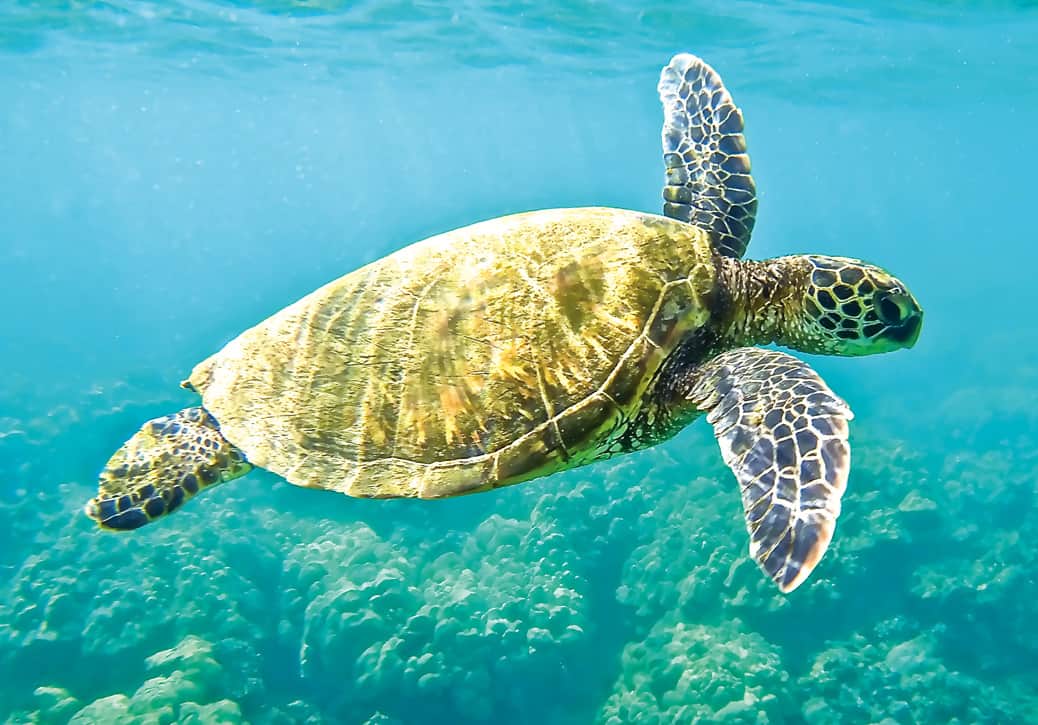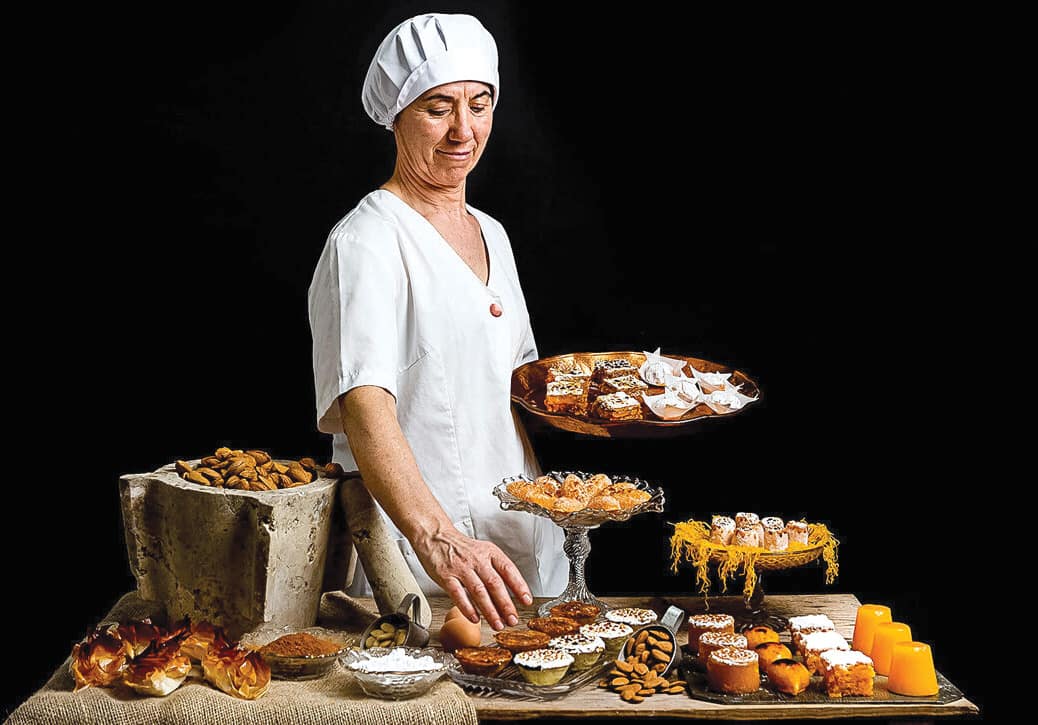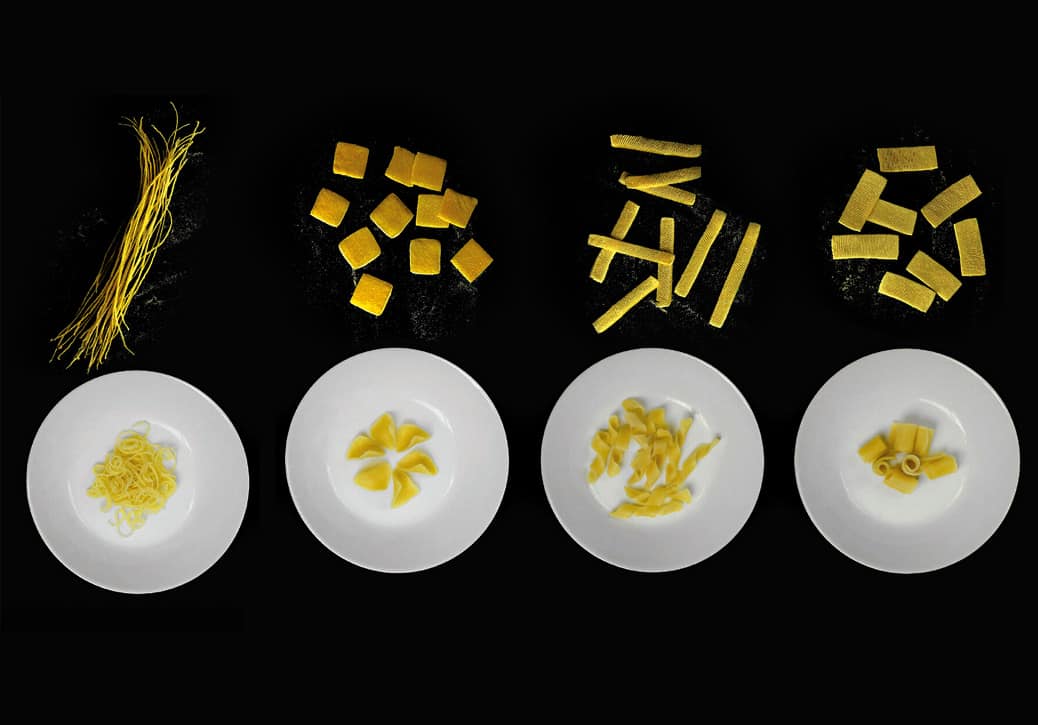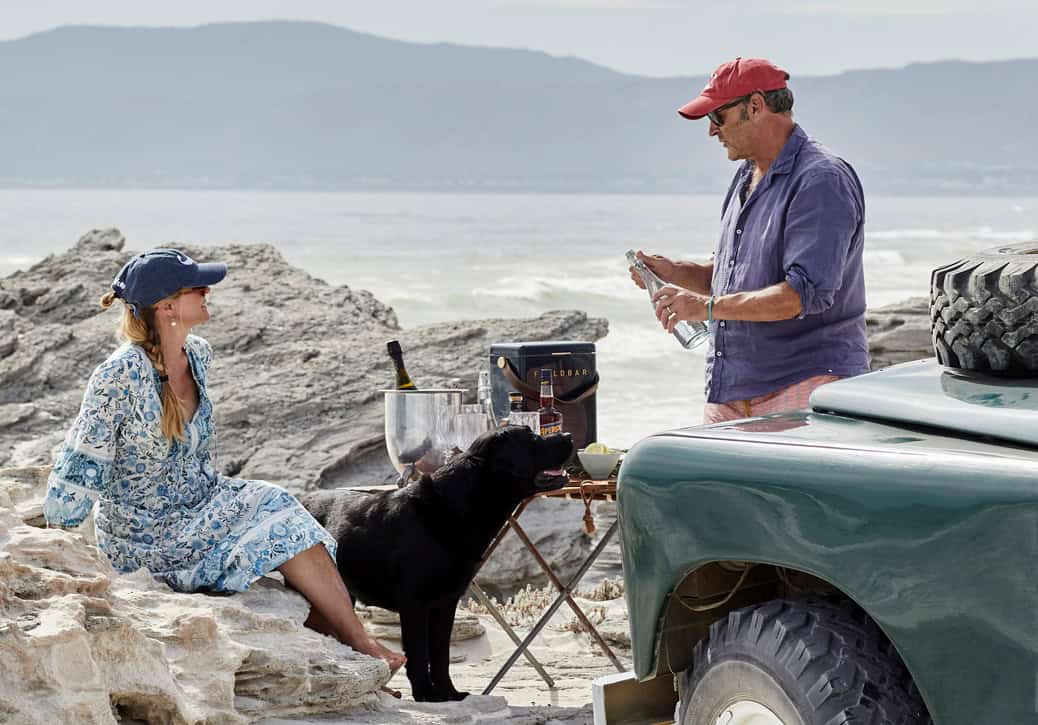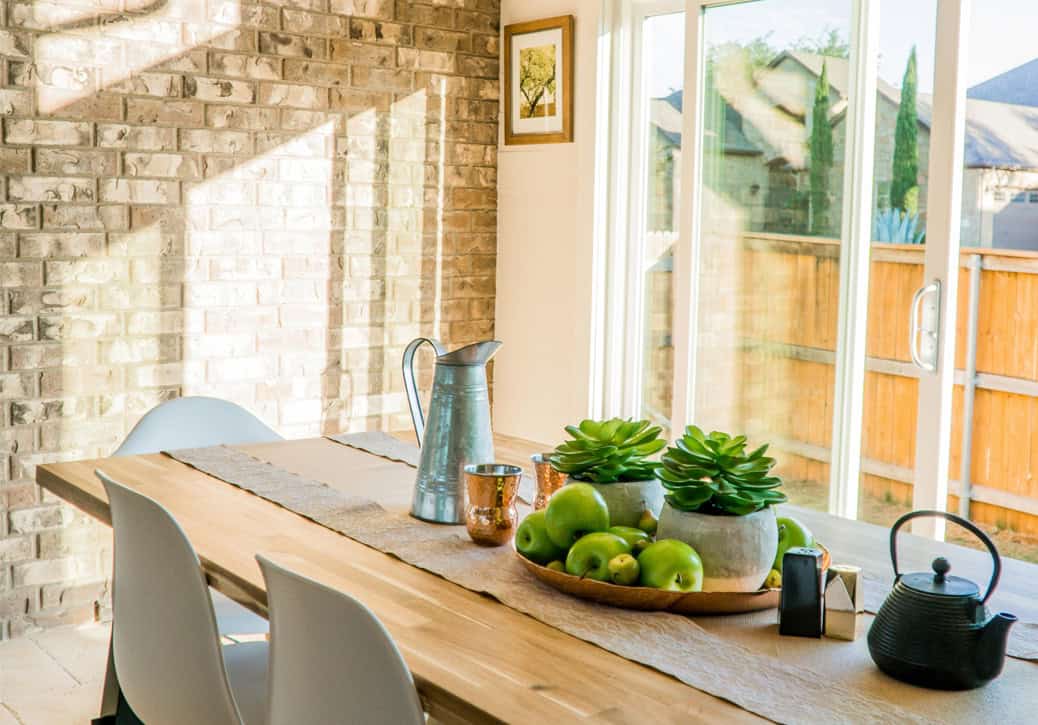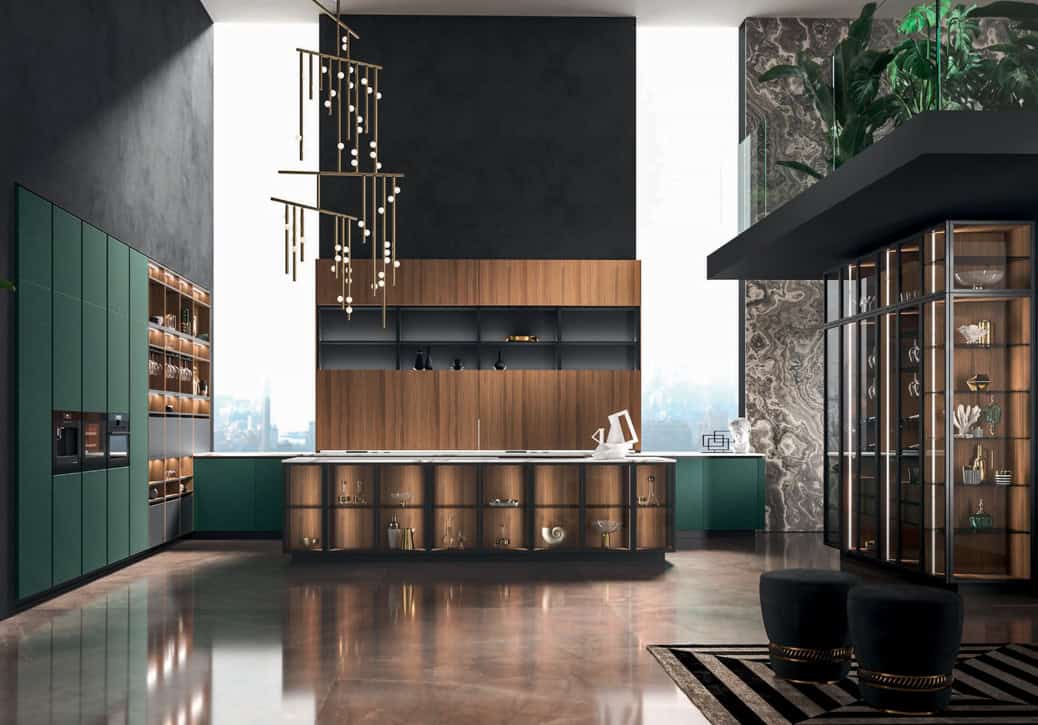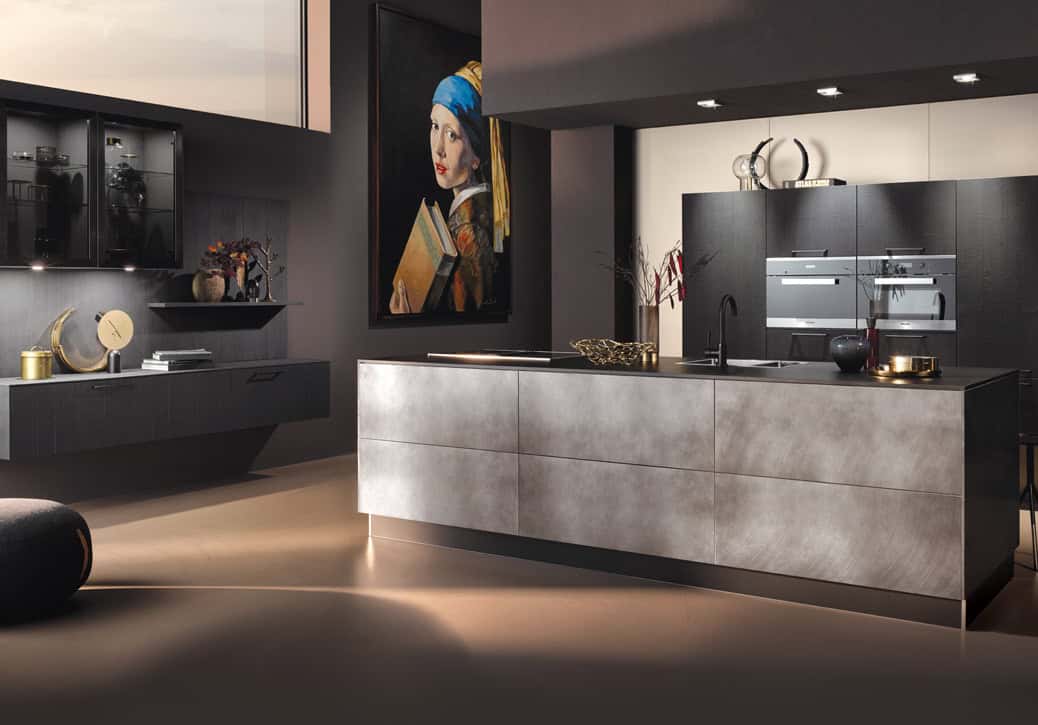Turtle sanctuary thrives despite plastic pollution
The land may be at the apex of the famous Coral Triangle, but the Philippines isn’t exactly top of mind when it comes to global marine resource protection efforts or environmental concern and stewardship. While it boasts thousands of different species of fish, coral, and other forms of marine life, the Philippines is also reported to be the world’s third-worst plastic polluter, after China and Indonesia. The environmental group Ocean Conservancy says the country is clearly responsible for generating and adding as much as 2.7 million metric tons of long-lasting plastic waste into the sea each year.
Yet it is here, in this environmentally beleaguered archipelago, that the notably endangered Green Turtle and its reptilian cousin, the Hawksbill Turtle, have managed to find a wonderful, safe sanctuary. The area, located in the central Philippines, is just 70 hectares (172 acres) in size, with a coral reef of just over 100 hectares (247 acres), a modest 15 per cent of which is a marine reserve.
The somewhat unknown Apo Island isn’t only remarkable because it has been able to sustain a small, steady population of green and hawksbill turtles—the reef is also home to as many as 385 different species of fish, and several species of dolphins. The island and its modest but thriving Green Turtle population is also a rare success story for a country, seemingly eviro-indifferent, whose reefs are no longer seen to be in “excellent” condition.
Source: bbc.com
Nuns’ recipes rediscovered by award winning patisserie
At first glance, Pastelaria Alcôa, a bakery in the charming little town of Alcobaça, Portugal, looks thoroughly modern. Behind a gleaming glass counter are colourful, award-winning pastries that have made the pâtisserie one of the most celebrated in the country. On warm days, customers sit outside at tables shadowed by large umbrellas and enjoy the view: a sumptuous Gothic monastery.
Alcôa’s pastries are prepared precisely in the same way that nuns produced them for centuries behind their cloistered walls. A determined Paula Alves, the owner of Alcôa, has devoted her life to successfully recovering and learning the lost recipes and techniques of the nuns. “Reconstructing this gastronomic tradition feels to me like rebuilding a giant puzzle,” she says. “So much has been lost, but if you are truly committed, you will find the information you need in the most unusual places.”
Every year, Pastelaria Alcôa introduces a new convent sweet based on its owner’s latest research. “It is arduous work that consumes most of my time even today,” she says. In 21 years, the bakery’s creations have won 14 first prizes in national convent-sweets competitions. But just like the nunnery sisters who inspire her, Alves personal and professional high point was baking her treats for a most distinguished guest: Pope Francis, whom she met when he visited Portugal in 2017. “It was a dream come true,” she says. “I just couldn’t hold back my tears.”
Source: atlasobscura.com
Flatpack pasta morphs into 3D shapes when cooked
Carnegie Mellon University’s development of flat pasta using only semolina and water and a groove based shape morphing technique was inspired by the space saving packaging and lower carbon footprint way of flat-pack furniture transportation. Also, after several experiments and simulations, grooving proved to induce asynchronous swelling and de-swelling of the pasta, which means a transformation from flat objects to three dimensional shapes when cooked.
This creation makes food packaging more effective and helps to achieve a more sustainable future as there are less plastic materials from pasta packaging feeding our landfills. This not only reduces the percentage of air occupying packaging space, it also increases the space for a larger portion of food stored.
Moreover, the carbon foot print can be affected by the shape of food. If the shape of pasta hasn’t been optimized, the greenhouse gases produced during pasta cooking will remain. But if the pasta is reshaped, the emission will most likely be cut in half.
The researchers also note that the space saving pasta becomes significant for critical situations as it is suitable and convenient for survival use like during hiking trips, disasters or space travels. Plus, it is believed that a design guideline could be developed for people with related occupations or interest to create their own unique versions of morphing food in different categories of ingredients.
Source: morphingmatter.cs.cmu.edu

